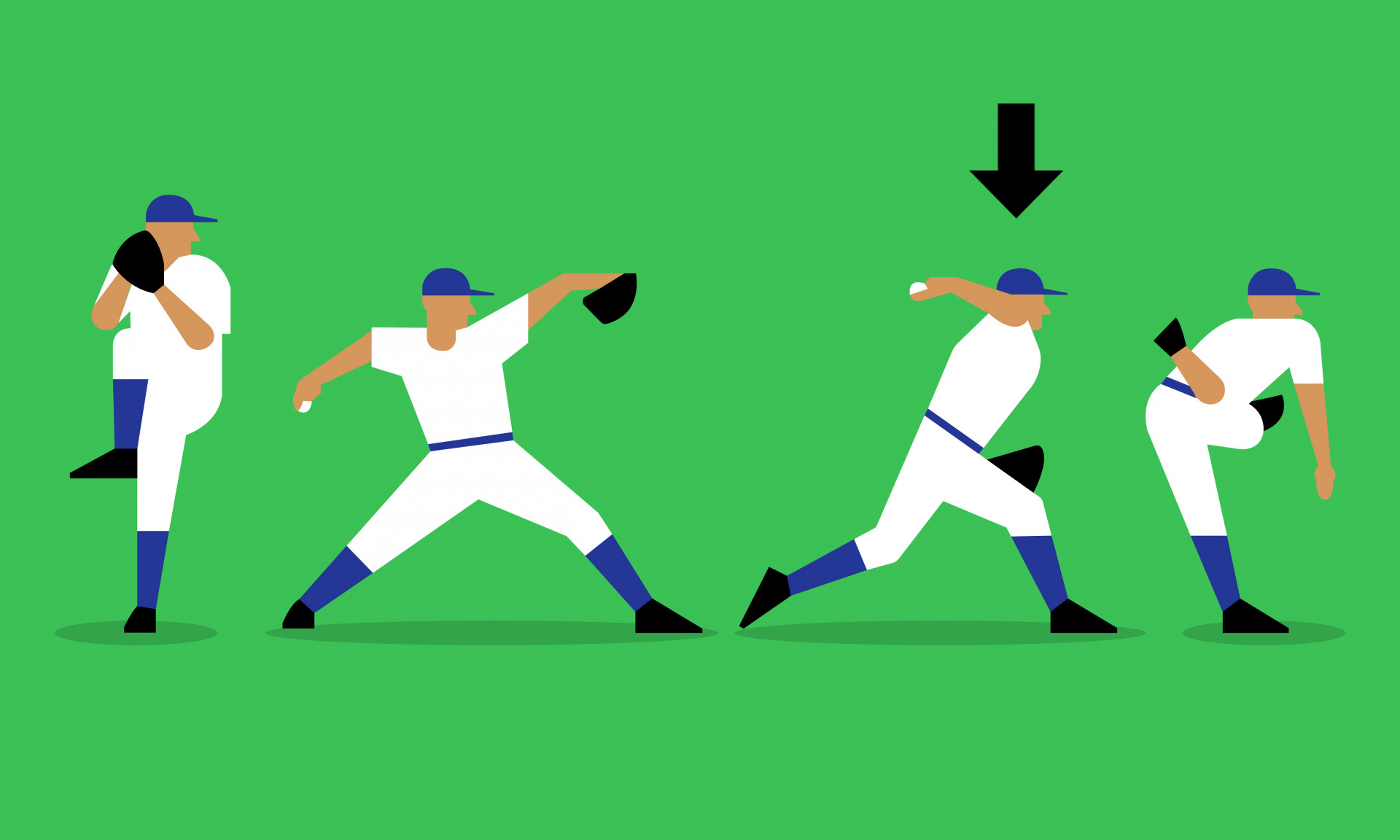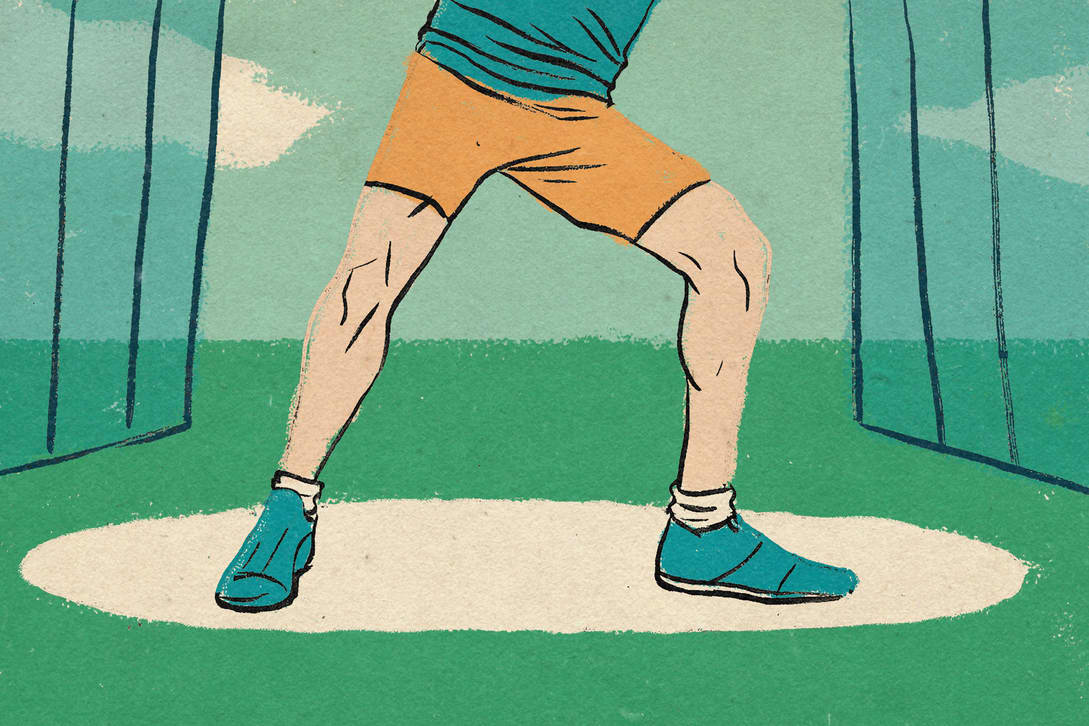3 Easy Facts About 4throws Shown
3 Easy Facts About 4throws Shown
Blog Article
The Definitive Guide for 4throws
Table of ContentsGetting My 4throws To WorkSome Ideas on 4throws You Should Know4throws for Beginners4throws - TruthsThe Definitive Guide to 4throws
Otherwise, the young bottles may be most likely to have joint and shoulder injuries. It prevails for a coach to "take out" a pitcher when the optimum variety of pitches has actually been tossed or if the video game circumstance requires a modification. If the pitcher continues to play in that game, he should be placed at shortstop or third base where long hard tosses are needed on an already exhausted arm.This combination results in way too many tosses and raises their threat of injury - Discus for sale. The safest place is relocating to second or 1st base where the throws are much shorter and much less anxiety is positioned on the arm. It is also important to recognize for how long to relax young pitchers in order to allow the best recuperation in between outings
Bottles need to likewise ice their shoulders and elbow joints for 20 minutes after tossing to promote recovery. Some gamers may use even more than one team in a season. This warrants close focus to correct remainder. Body and arm exhaustion change technicians and cause injury. When playing on multiple teams, think about pitching on just one and playing an area setting on the various other (not catcher).
Anybody can toss a ball "over-hand," yet not everyone can do it well. While tossing a ball shows up simple, it is really a facility set of activities. Accurate throwing with pressure or rate requires the entire body and not simply the shoulder and arm. Every part of the bone and joint system is literally included.
Some Known Details About 4throws

(https://anyflip.com/homepage/gsyeu#About)The shoulder joint is made up of three bones, scapulae, clavicle and humerus. The head of the humerus hinges on the Glenoid fossa of the scapula where it expresses when the muscle mass of the shoulder contract to relocate the arm. The head is held "against" the glenoid surface area using the four Potter's wheel Cuff (RTC) muscle mass, which act in unison and create a pressure couple when the arm is relocated.
The further the shoulder can be on the surface turned while it is abducted, the greater the round can be thrown with pressure and speed, providing all various other body parts and movements remain in synch. If any facet of these mechanics is "off," an injury can strike the shoulder or elbow joint that can lead to the lack of ability to throw a round.
It is the start of the tossing motion, preparing the "body components" for the act of throwing a round. Movement takes place in the lower extremities and upper body where the vast bulk of "power" to toss a sphere is generated.
Getting My 4throws To Work
This shoulder position places the anterior upper quadrant musculature on a "stretch" and prepares it to acquire powerfully when the arm starts to move on in the following stage of the tossing activity. The body starts to relocate forward towards its target during this phase. The lead shoulder is directed at the target and the throwing arm remains to move right into severe exterior turning.

When the round is launched, the posterior quadrant musculature begins to acquire eccentrically and strongly to reduce down and control the rotational speed of the Humeral head. In concept, if the eccentric control of the Humeral head did not take place the arm would remain to turn inside and "spin" uncontrollable.
The 4throws Ideas
The last phase of throwing is the follow-through. This phase reduces down all body activities and stops the forward movement of the body.
Throwing a ball "over-hand" involves movement in all parts of the body. If the mechanics are executed effectively, the sphere can be thrown with fantastic velocity and precision. If the body is trained correctly, the act of tossing can be done repetitively without creating an injury to the tossing shoulder.

Paul Whatley, M.D. "When I was a youngster, baseball was only in the spring and very early summertime, so youngsters had a lot of time to recuperate from any type of concerns credited to repetitive motions and stress and anxiety," he states. "Now, in order to stay on top of every person else, there is extreme pressure for gamers to go from the springtime read review period straight into summer season 'All-Star' competitions and showcases, followed by 'Fall Sphere.' Consequently, there can be extremely little time for the body to recoup from a sport where rep is the essential to establishing the muscle memory for success.
The Greatest Guide To 4throws
When this motion is performed over and over at a high price of speed, it puts substantial stress and anxiety on the development locations of the elbow joint and the physiological structure of the shoulder, specifically in the late cocking and follow-through phases. Due to this, several of the most usual injuries seen in baseball players impact the shoulder and joint.
Report this page